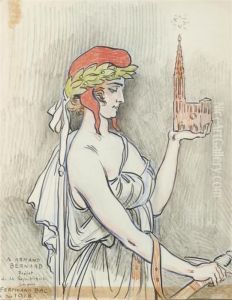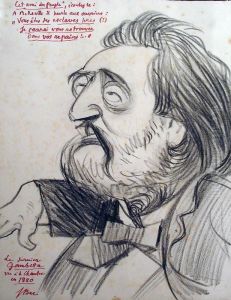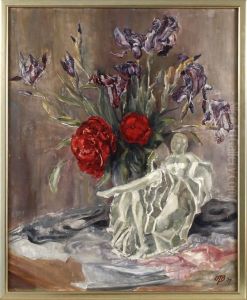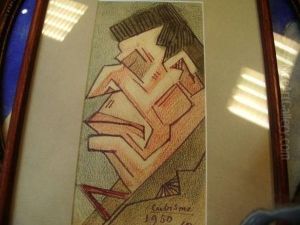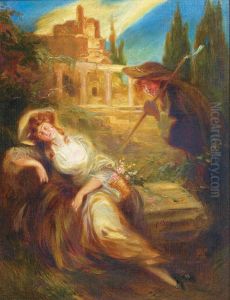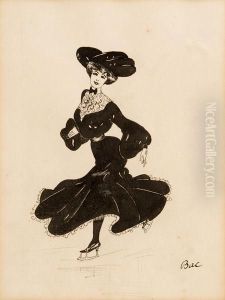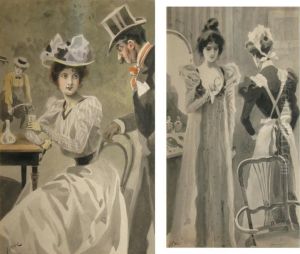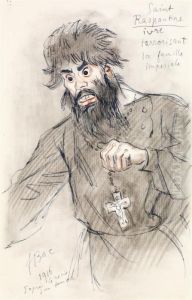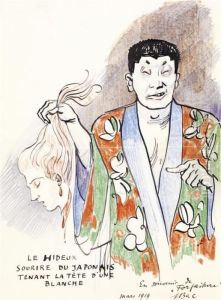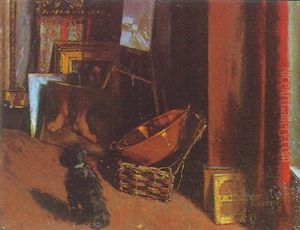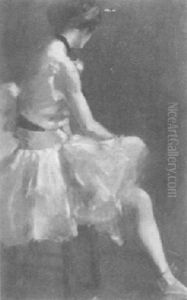Ferdinand Bac Paintings
Ferdinand Bac, born Ferdinand-Pierre-Joseph Barbedienne on April 25, 1859, was a multifaceted French artist, illustrator, and landscaper known for his contributions to the artistic and literary scene during the late 19th and early 20th centuries. Despite being the illegitimate son of Napoleon III's cousin, Princess Mathilde Bonaparte, Bac never received official recognition from the imperial family, yet he was deeply influenced by his Bonapartist heritage throughout his life.
Educated in France and Germany, Bac was well-versed in several languages, which allowed him to engage with a broad spectrum of cultural influences. His career spanned various disciplines, including drawing, painting, writing, and garden design. He initially gained recognition through his illustrations and caricatures, which were published in well-known periodicals of the time. His sharp wit and satirical style reflected the political and social atmosphere of the era and made him a notable figure in French artistic circles.
As an author, Bac wrote several books that combined his love for art with his literary skills. His works often included his own illustrations, further showcasing his versatility. However, it was his contributions to landscape design for which he is most remembered. Bac's approach to gardening was influenced by his artistic background; he saw the landscape as a canvas that could be sculpted and painted with plants and architectural features.
One of his most significant projects was the development of the gardens of the Château de Linières in Balleroy, Normandy. Here, Bac's vision for a harmonious blend of nature and artifice was realized in a series of gardens that incorporated classical and modern elements. The success of this project solidified his reputation as a skilled landscape artist.
Throughout his life, Bac maintained connections with prominent literary and artistic figures of his time, which helped him stay at the forefront of the cultural milieu. Despite the advent of modern art movements, he remained true to his style, which echoed the grandeur and romanticism of an earlier age.
Ferdinand Bac died on November 9, 1952, at the age of 93. He left behind a legacy that reflects a life dedicated to the arts, whether on paper, in books, or through the living medium of gardens. His work continues to be appreciated for its elegance, wit, and creativity.
